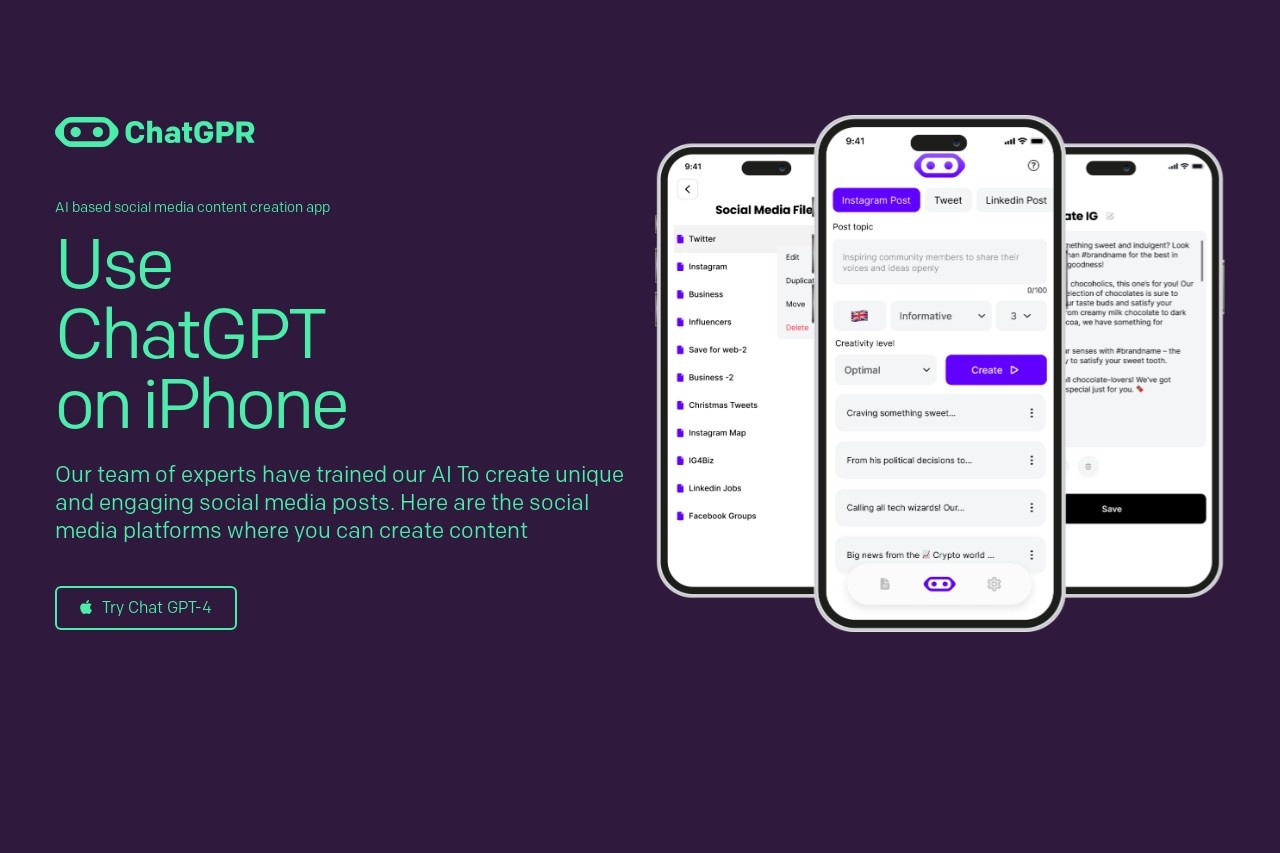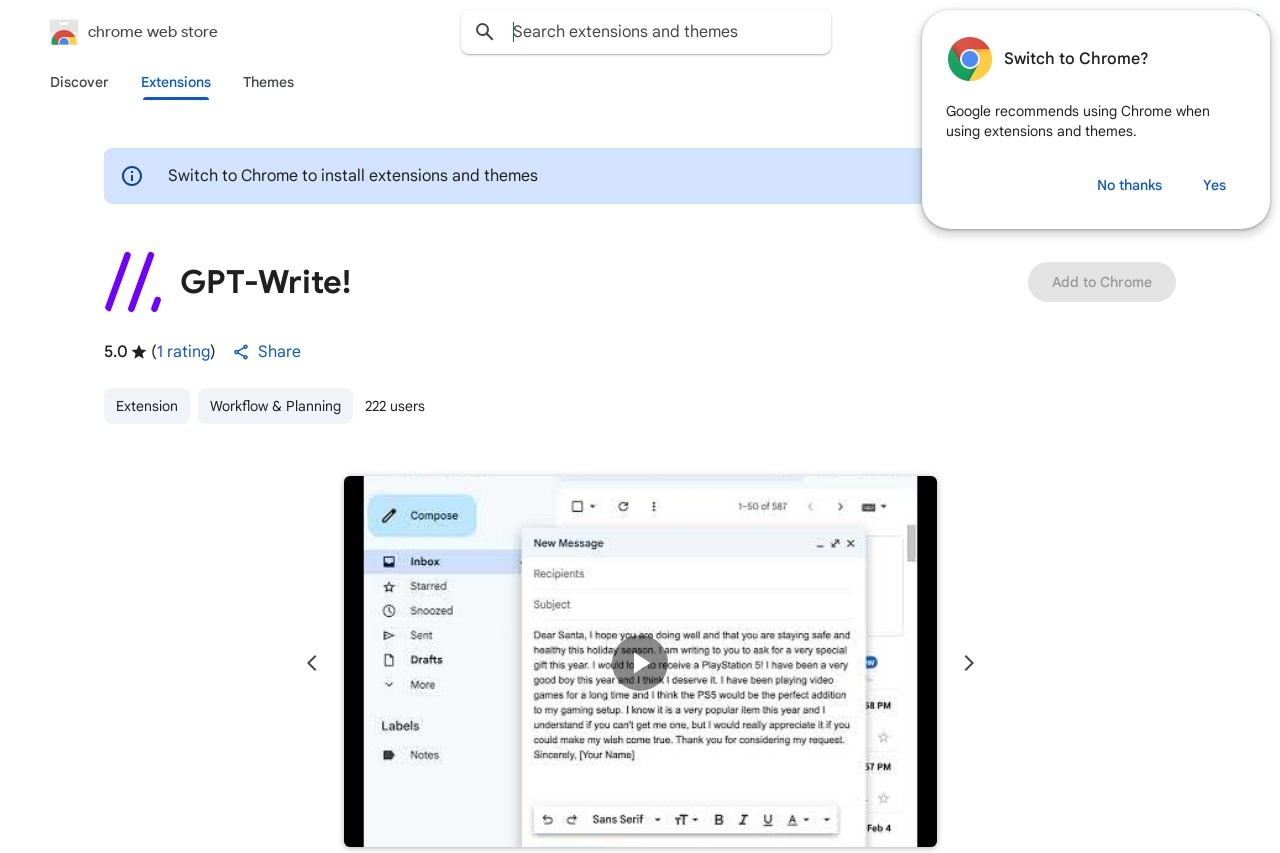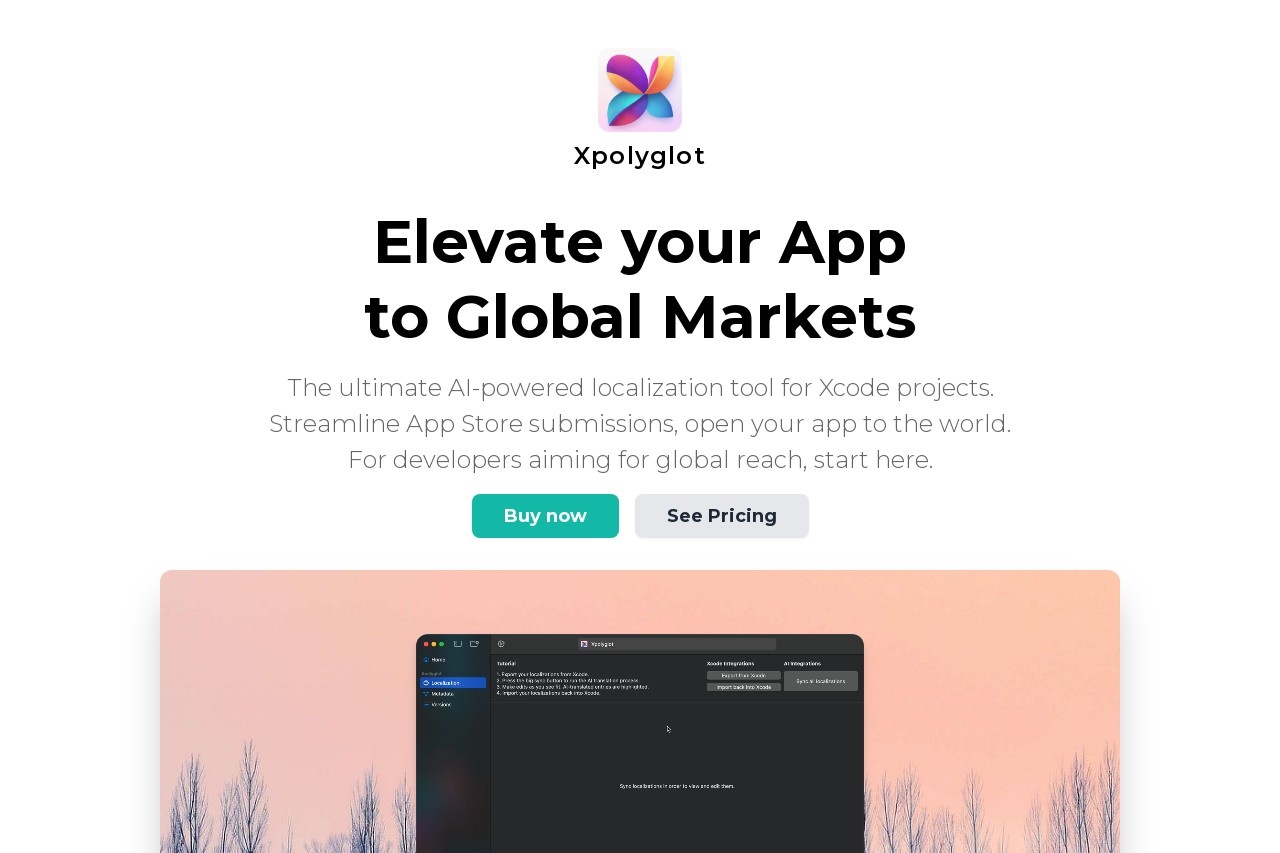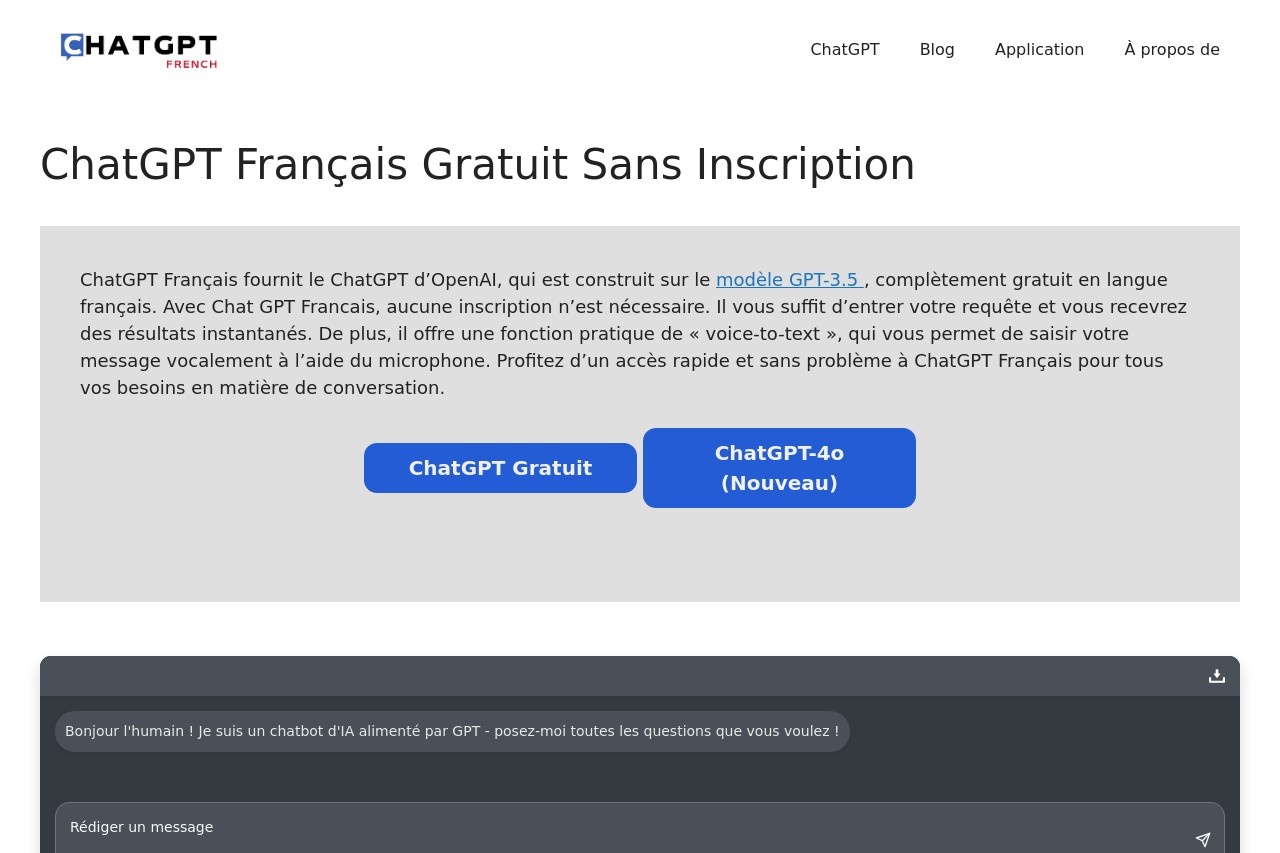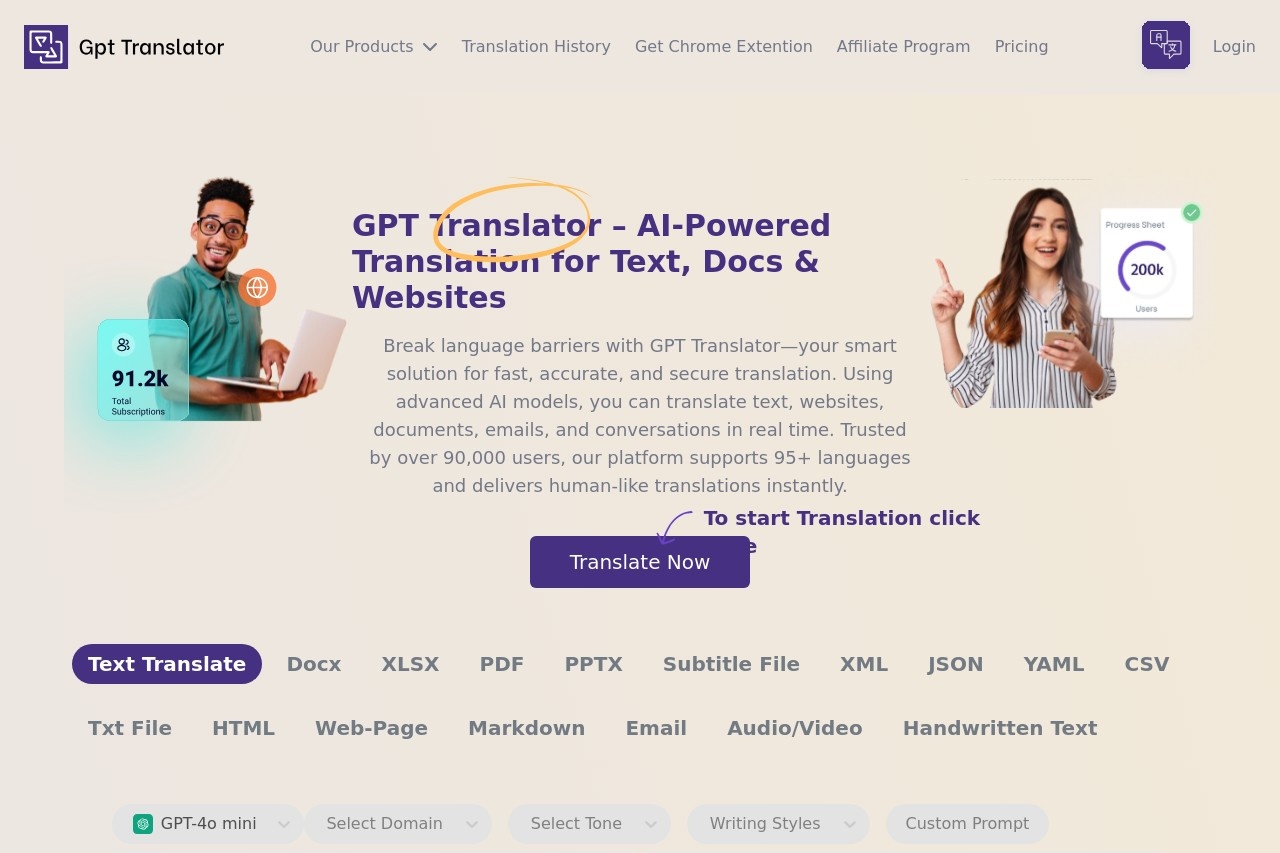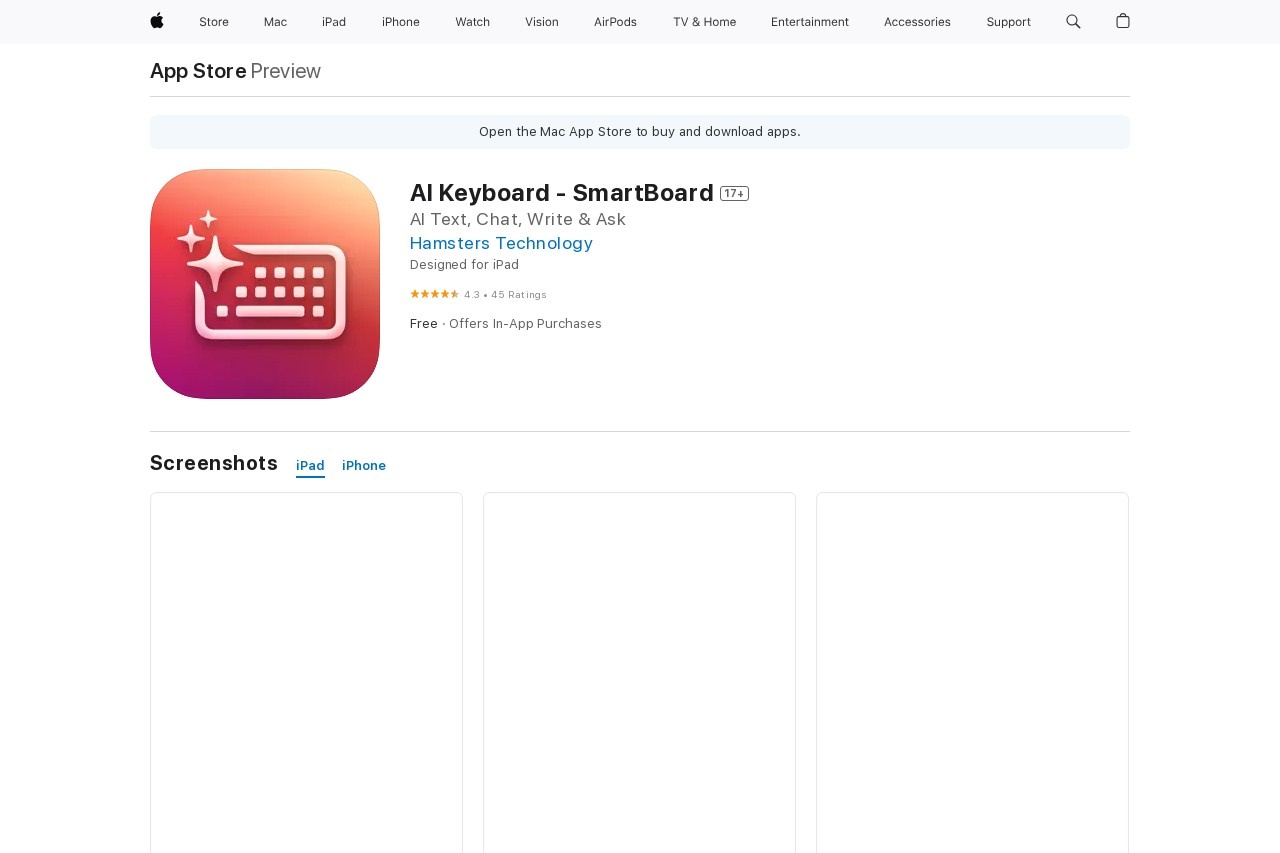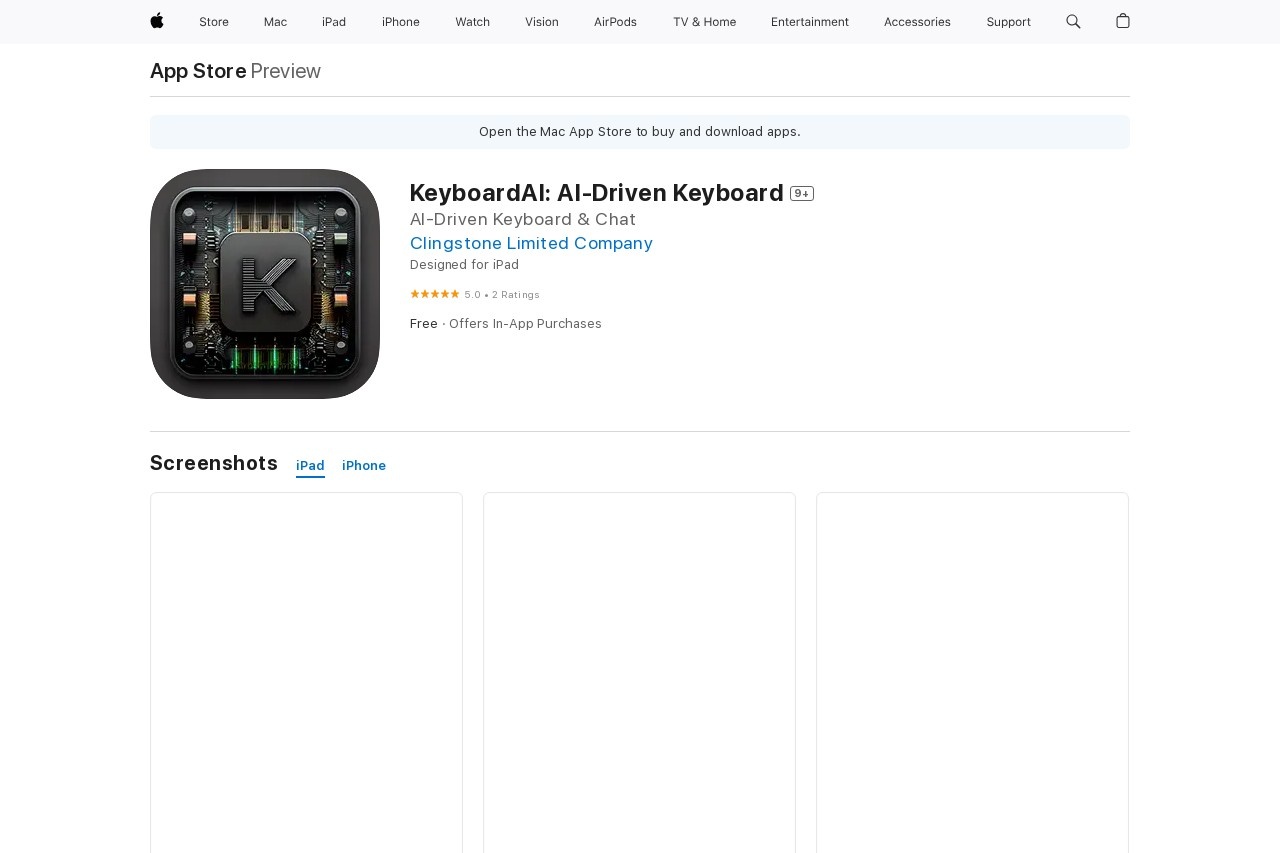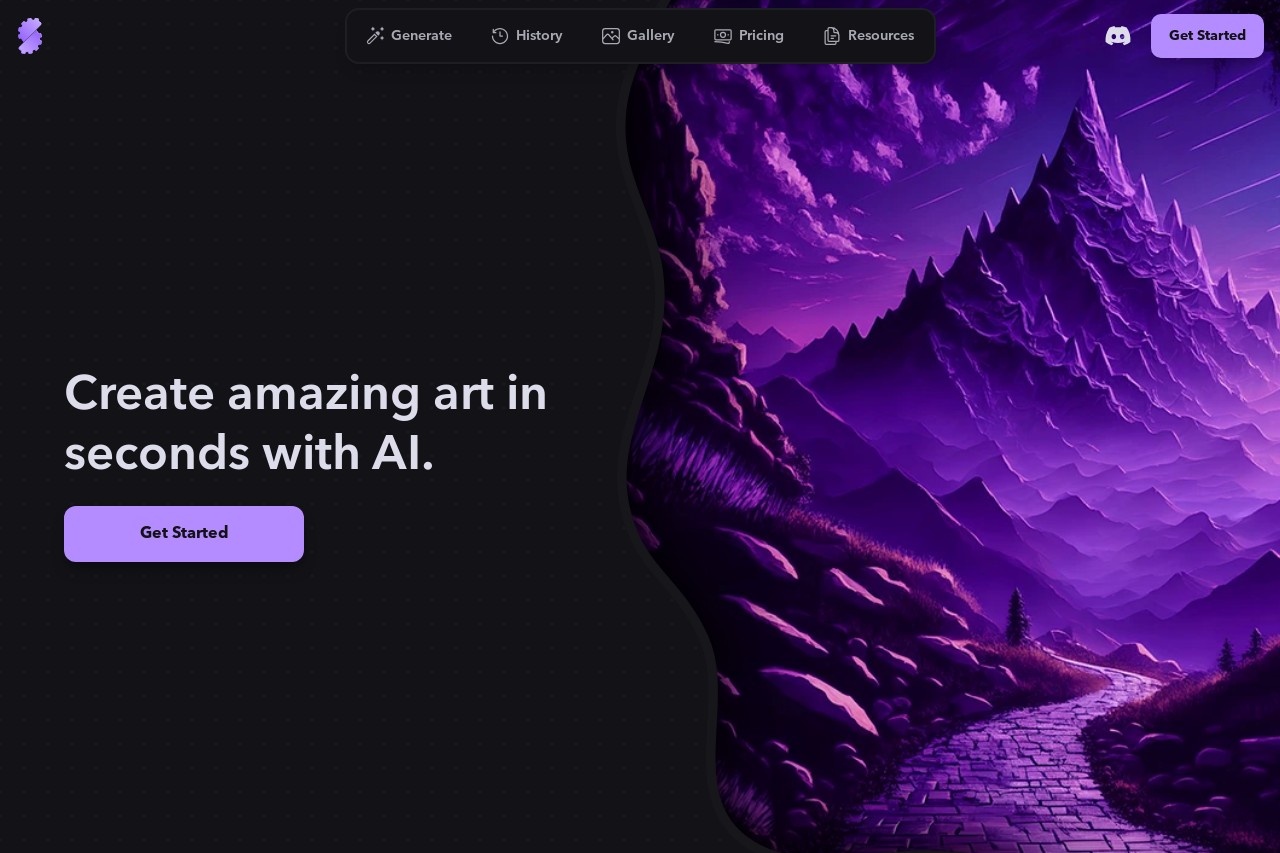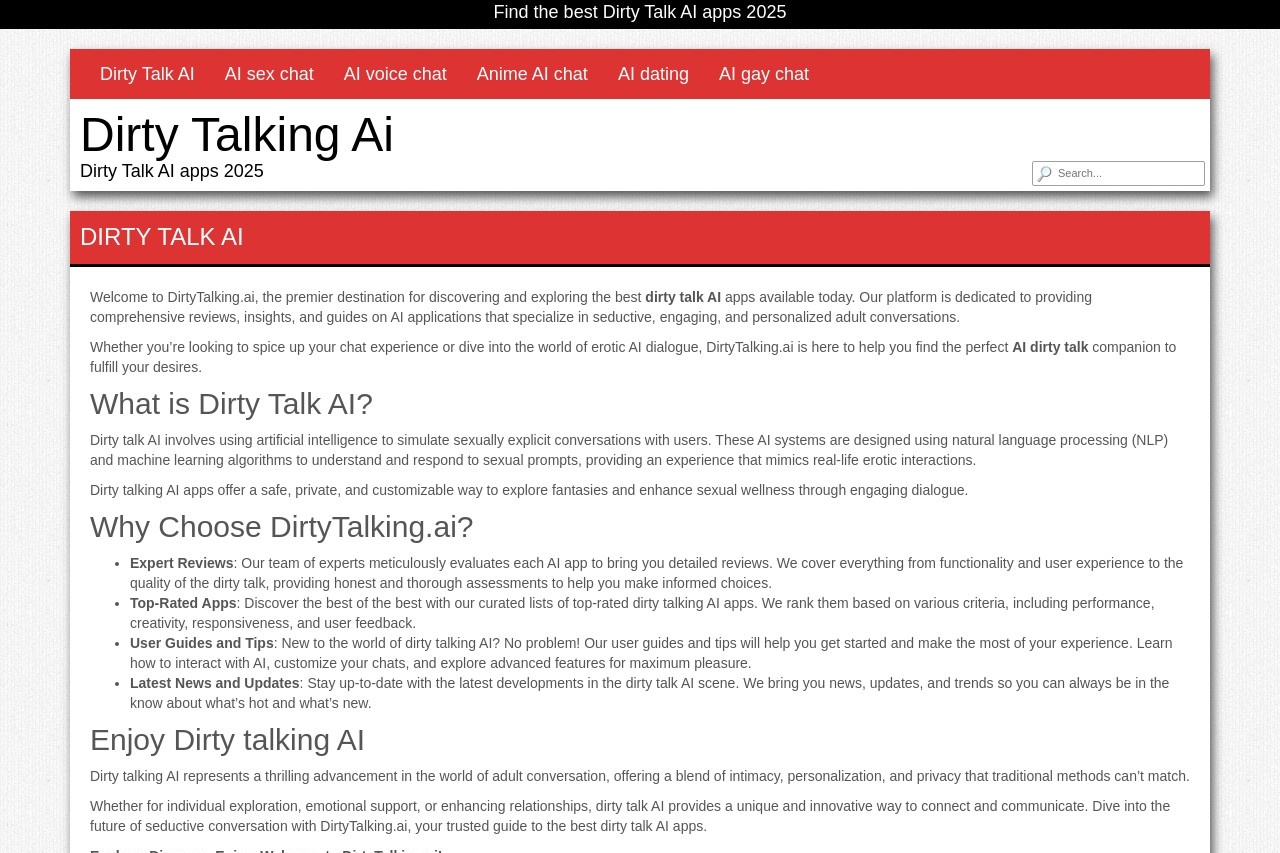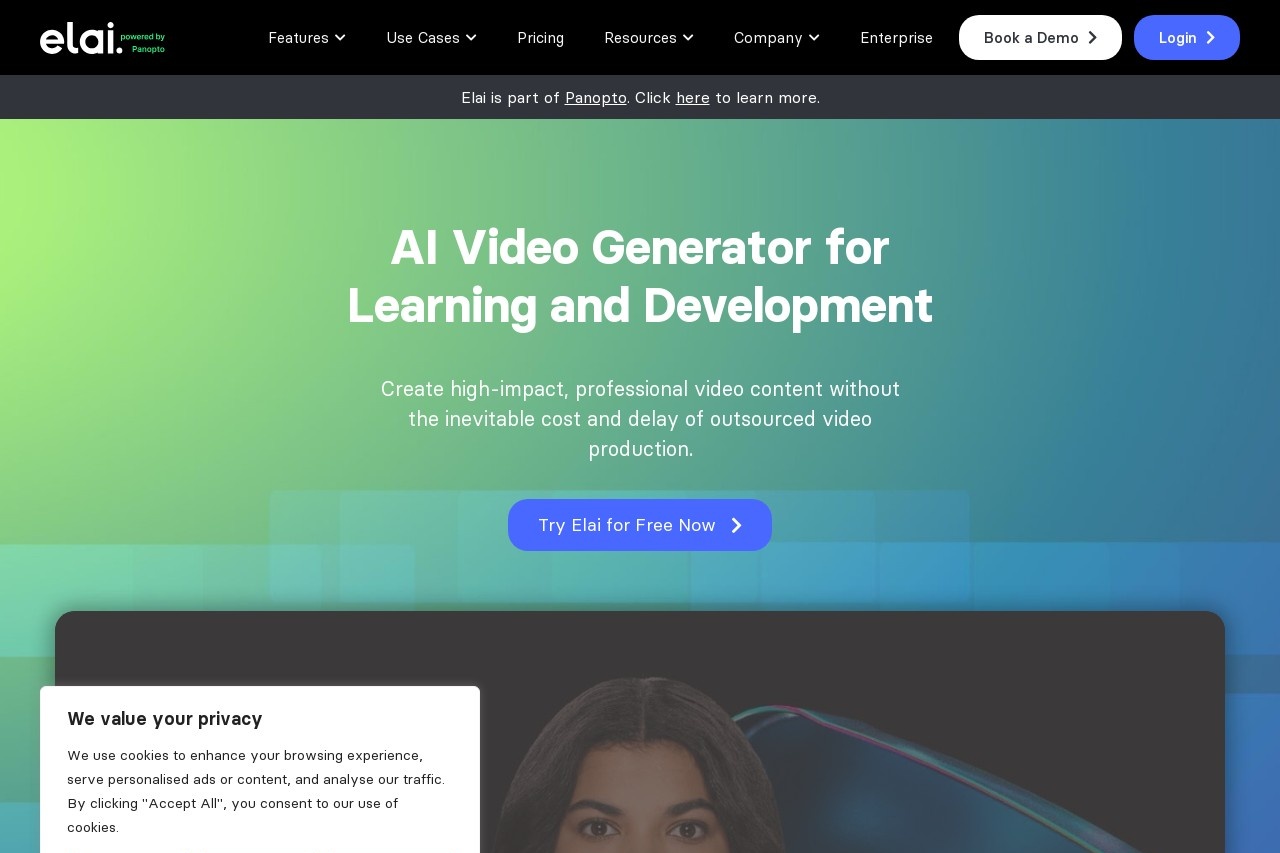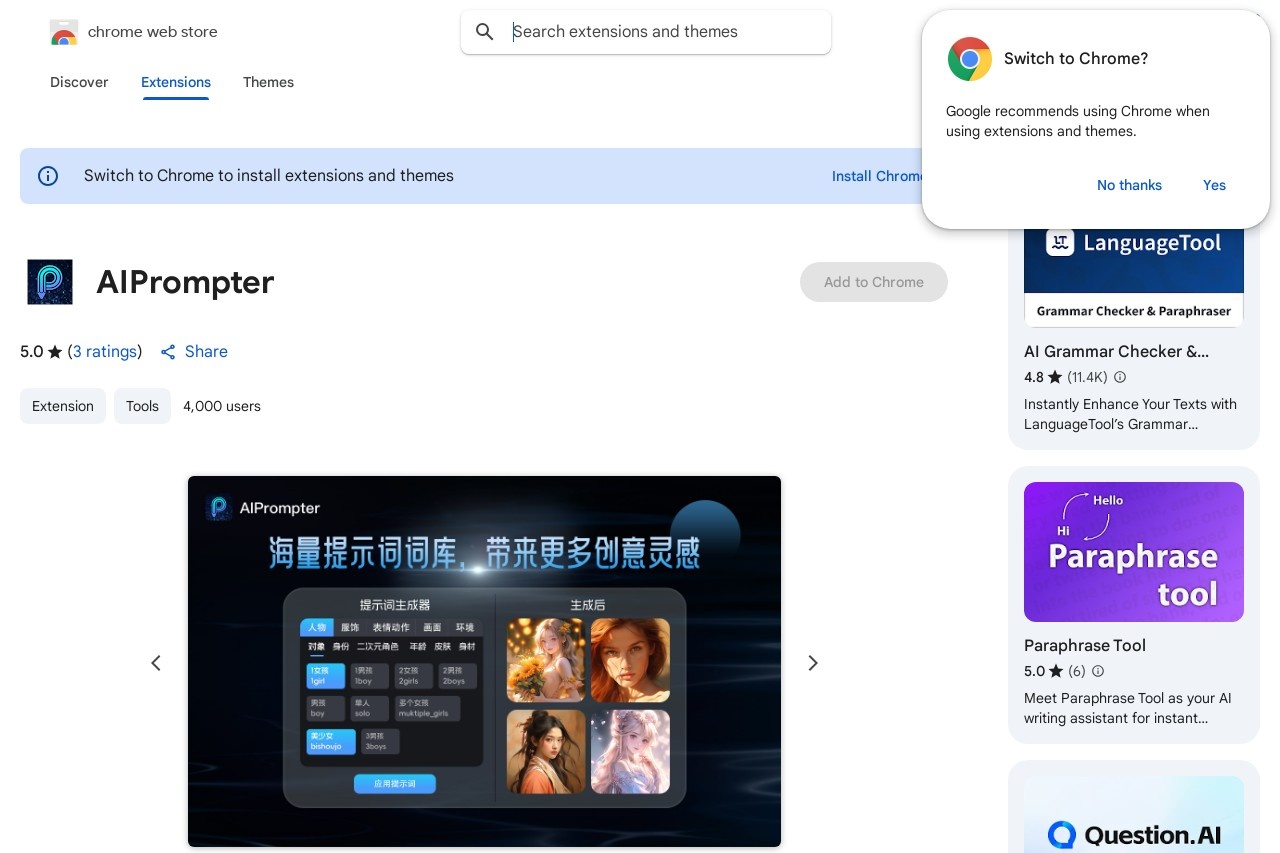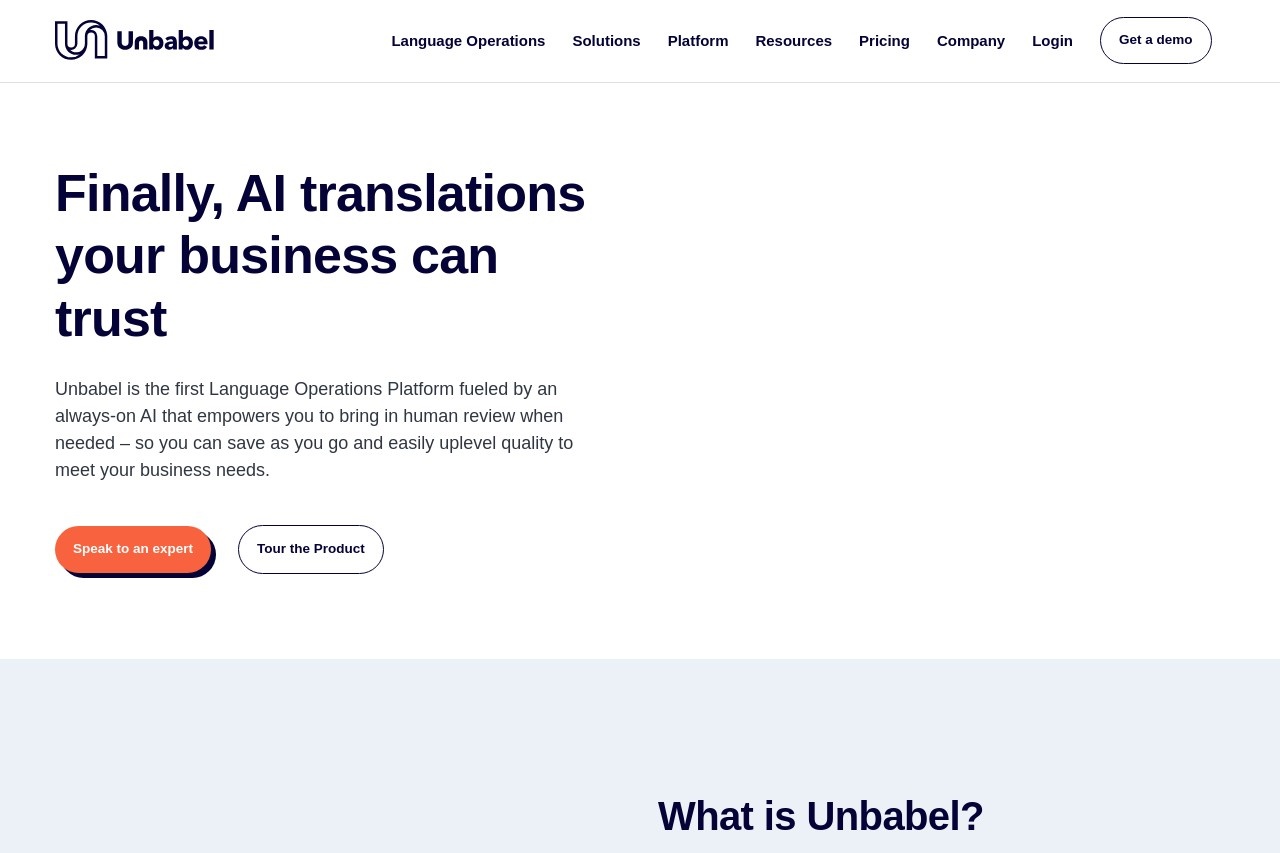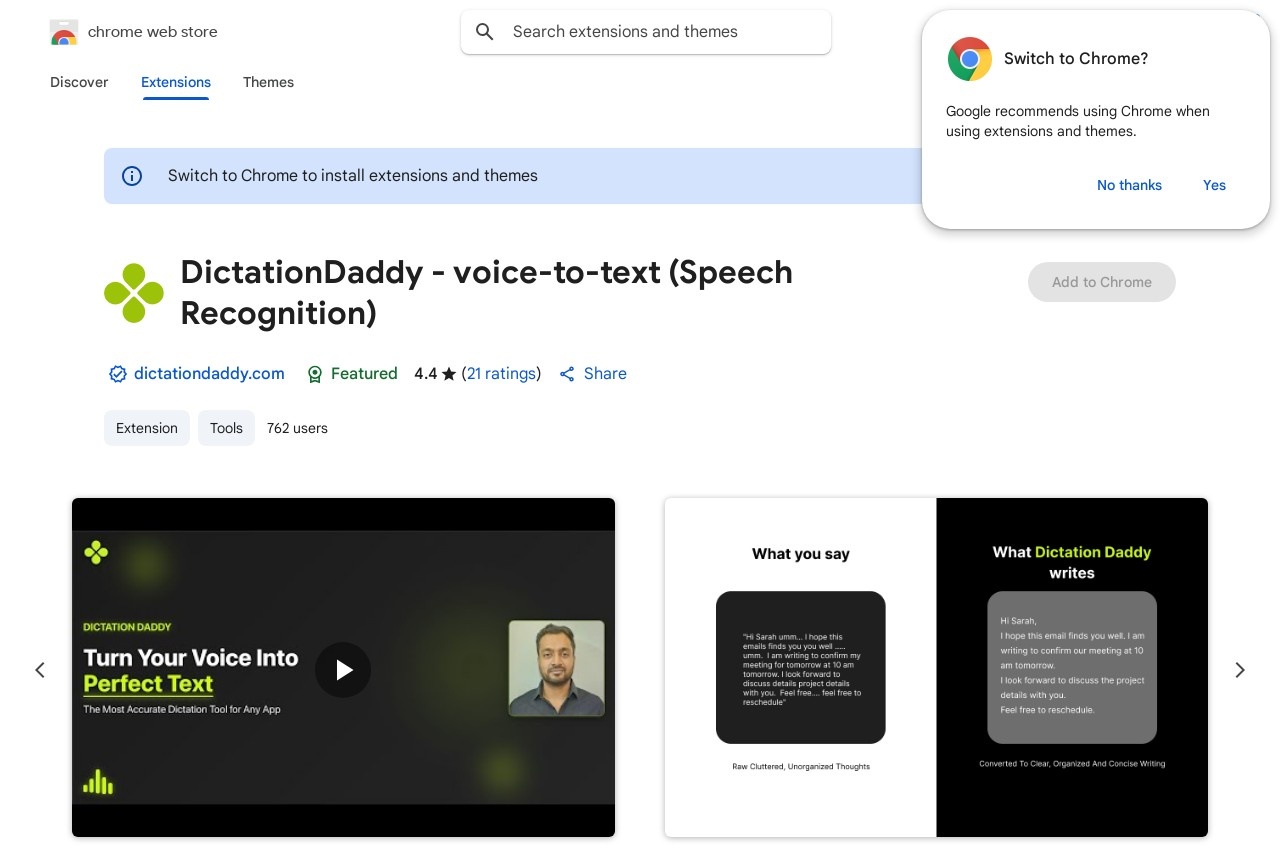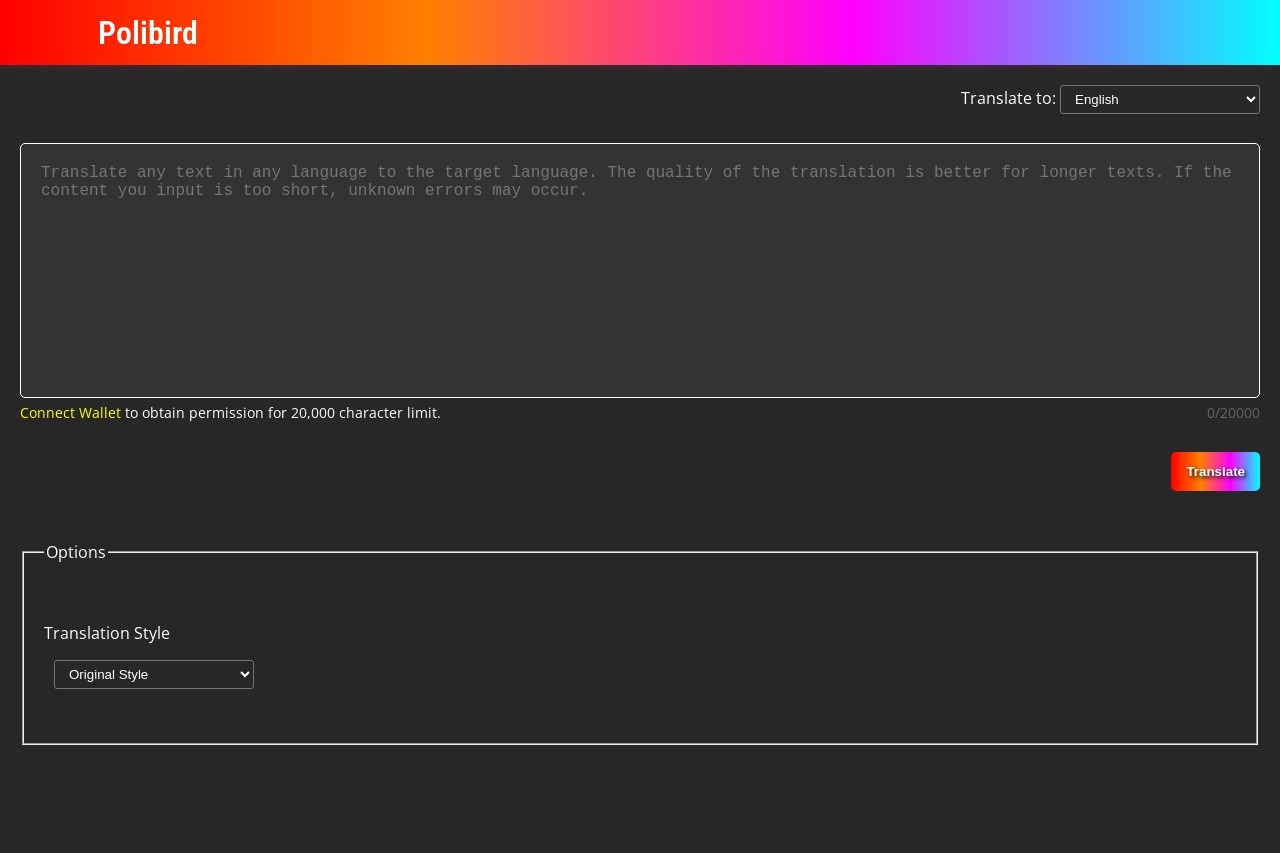
AI-powered localization for Xcode, Android Studio, and other platforms, including App Store Connect management.
AI Localization
AI Localization: Streamlining App Translation for Developers
In today's global app market, localization is no longer optional – it's essential for reaching international audiences. AI-powered localization solutions are revolutionizing how developers handle multilingual support in Xcode, Android Studio, and other development environments.
Key Benefits of AI Localization
- Time-saving automation: AI dramatically reduces manual translation work by automatically handling string files and resource bundles
- Context-aware translations: Unlike basic machine translation, AI understands app context for more accurate results
- Platform integration: Direct support for Xcode localization files (.strings) and Android string resources (strings.xml)
- App Store Connect management: Seamless handling of metadata translations for app store listings
How AI Localization Works
The process typically begins with extracting all localizable content from your project files. The AI then analyzes the context of each string, considering factors like:
- UI element positioning
- Operating system conventions
- Cultural appropriateness
- Industry-specific terminology
After generating translations, the system reintegrates them into your project while maintaining proper formatting and structure. Many solutions also include quality assurance features like:
- Terminology consistency checks
- Length adaptation for UI constraints
- Placeholder validation
Beyond Basic Translation
Advanced AI localization tools go beyond text conversion to offer complete localization management. This includes:
- Automatic updates when source strings change
- Team collaboration features for human review
- Translation memory to maintain consistency across projects
- Support for right-to-left languages and locale-specific formatting
By integrating AI localization into development workflows, teams can reduce localization costs by up to 80% while accelerating international releases. The technology continues to improve, with newer systems offering real-time previews of translated interfaces and adaptive learning from human feedback.

